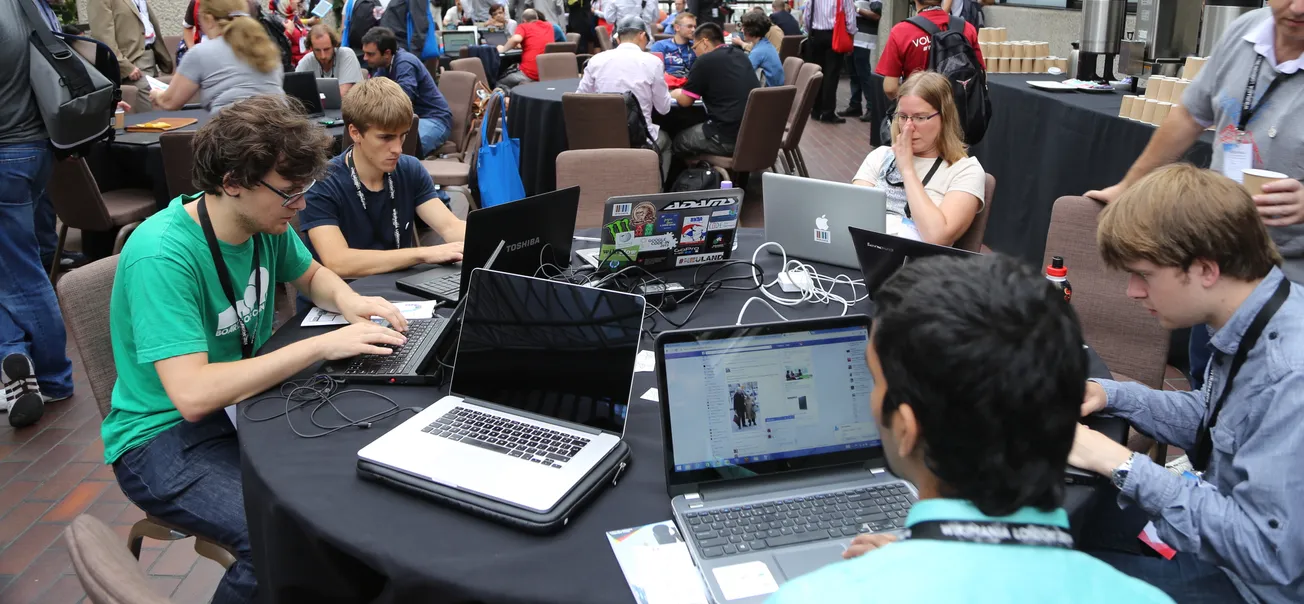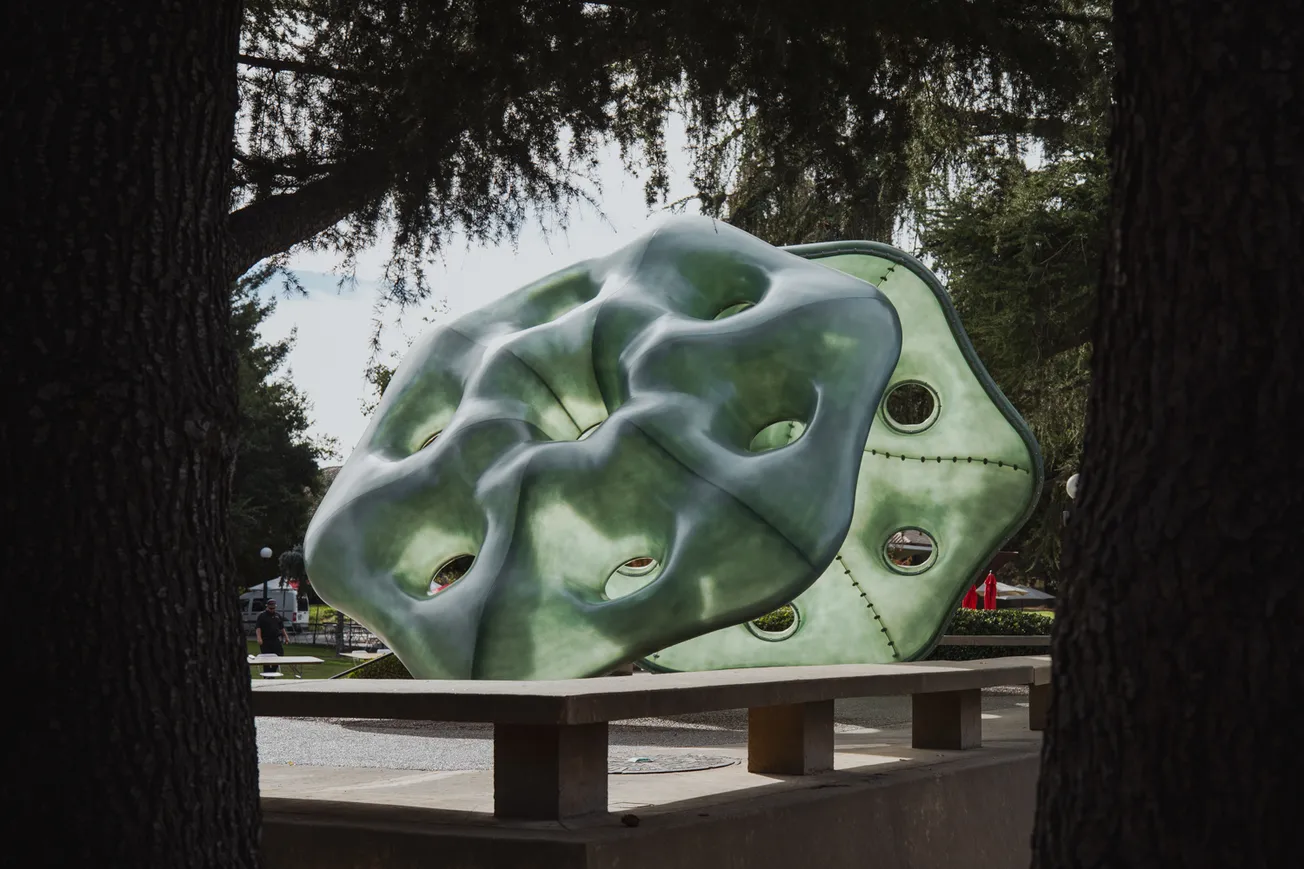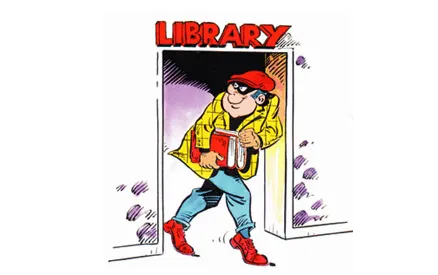Table of Contents
On January 25, Stanford’s best coders will be teaming up to tackle racial injustice in a five-hour “hate hackathon.” The winners get funding and resources from the offices of the president and provost to implement their proposals. Here are some innovative suggestions for addressing each type of racism.
After all, if you ever became the victim of a hate crime, you would surely want a Stanford student to say, "I have an app for that.”
The Angry Aunt — An app that reports each and every instance
of someone’s aunt calling the police on a minority family’s barbecue.
The “woke” racist — A browser extension that filters out the indiscretions of politicians such as Joe Biden or Justin Trudeau. It saves you from seeing them wear blackface or hearing them say, “the poor kid may be just as smart as the white kid." This ensures each candidate is palatable to their audience.
The Crazy Uncle — You know the one; you’re not exactly sure how you’re related. He always brings up race at the Thanksgiving table and has a “problem” with your sister’s boyfriend. Someone always has to step in and diffuse the situation. Well, not anymore! Now, there is a smart assistant to do that for you.
The Basement Dweller — The guys living in their mothers’ basements who have nothing better to do than troll people online. This is for those who shouldn’t see direct sunlight or be fed after midnight. A robotic therapist forces these individuals out of the basement, and to address their feelings of failure.
With absolutely zero implementation details:
if (hate == true) {
hate = false;
}
MicroWatch — A smartwatch that protects you from microaggressions. Microaggressions are detected from a jump in your heart rate. Each time you’re bothered by someone assuming your gender, a guided meditation plays through your microPods(™).
These are just a few of the ideas to spark your own creative responses to racism. Why bother with proven safety measures, such as a greater police presence, when we can solve an age-old problem with a MacBook, Python, and five hours.
Photo credit: Alan Dawson








